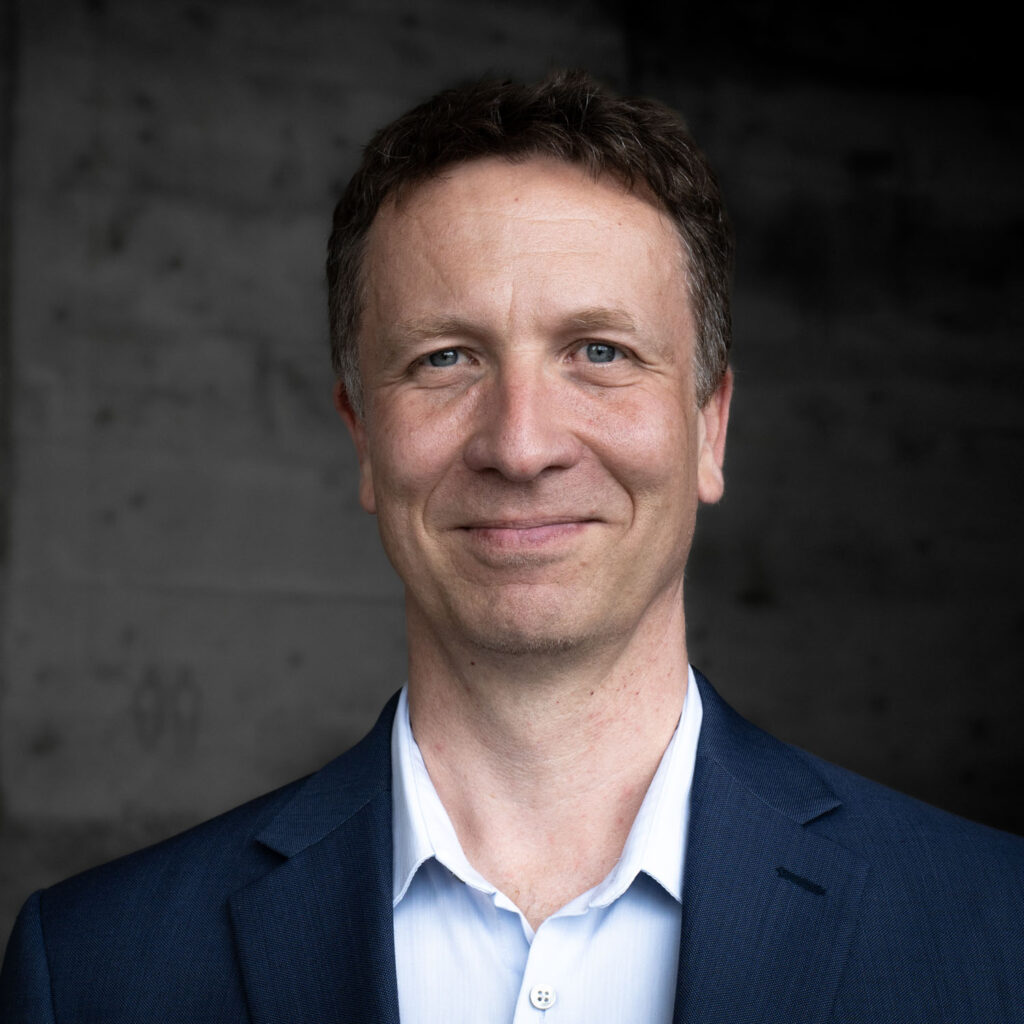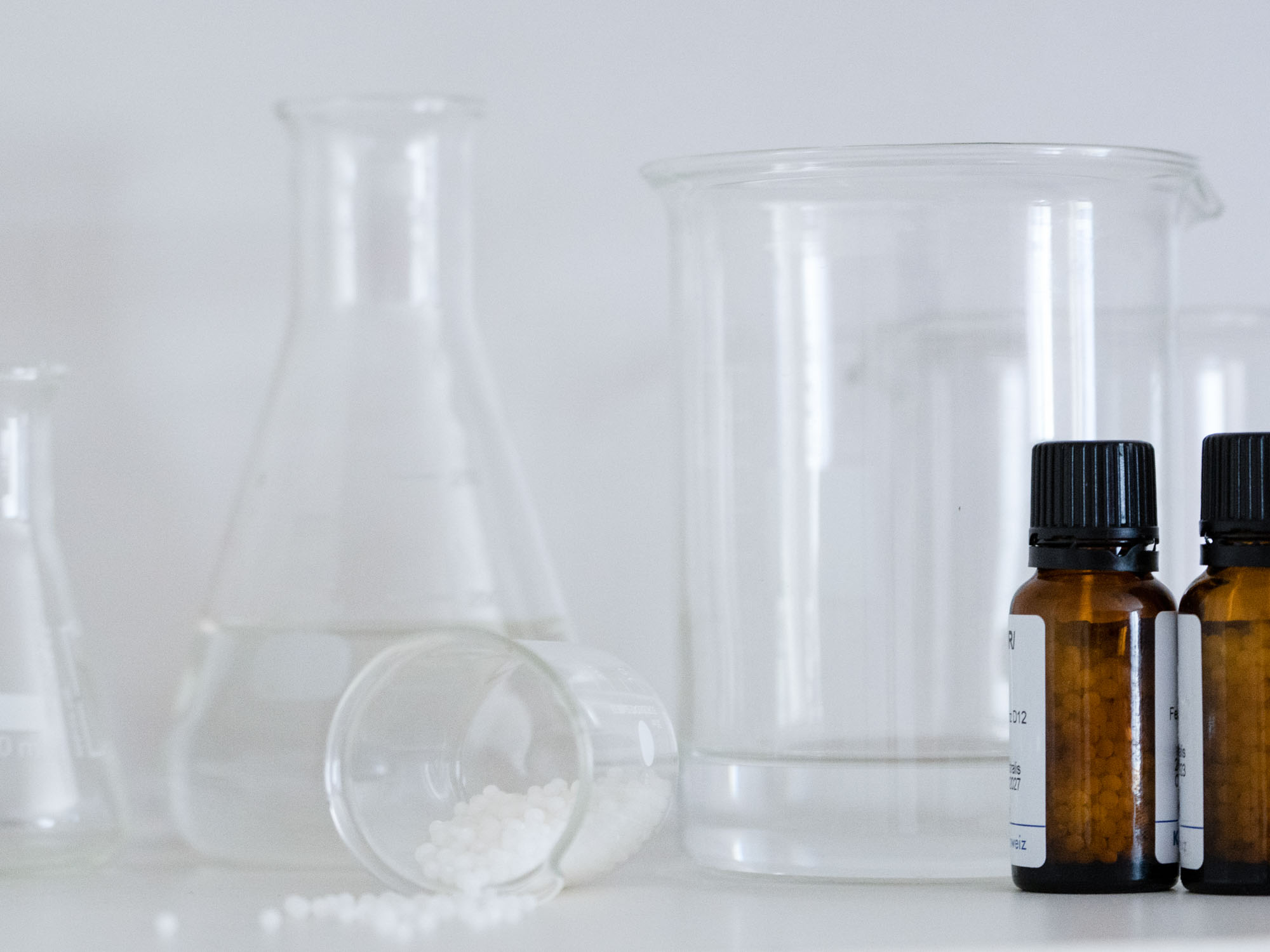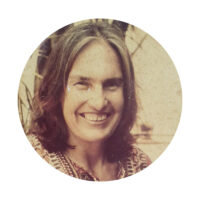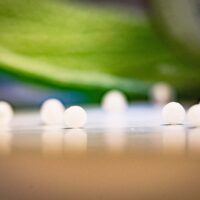Adam Blanning, M.D., is one of the new leaders of the Medical Section at the Goetheanum. Here, he speaks with Charles Cross about a new course on physician burnout, held through the Physician’s Association for Anthroposophic Medicine.
Welcome back, Adam. Could you give us a little introduction to this initiative on physician burnout?
Well, it has been part of anthroposophic medical training for a while. Sometimes, people who come into the training are there because they recognize that they can’t keep doing medicine the same way that they have been. It’s a little sobering because it’s often people who have been actively practicing medicine and taking care of patients for maybe 10 or 15 years saying, “I really need to do something different.” However, something has come up several times in these last years with medical students who are curious about holistic or integrative medicine and asking, “How do you support yourself? How do you keep resiliency going?” We’ve had medical students who were sometimes only in their first or second year of study telling us that they were feeling burned out and really questioning what they’re doing or where their training is taking them.
It’s something that’s become a common experience, more and more. Statistics show that in the last 3 or 4 years, 60 to 70% of physicians are feeling burned out. I was just at a large integrative medicine conference where it was shared that, at least in the United States, it’s estimated that one physician a day commits suicide because of burnout.

It sounds like, just by its nature, anthroposophic medicine attracts and helps folks at risk of burnout.
Burnout is a place where people are looking for other perspectives, and it’s a place where it’s hard to go very far without openly talking about meaning and spirituality. We’re coming to 100 years since Rudolf Steiner gave the course for the younger doctors—there will be some special conferences in January to commemorate that. One of the things that Steiner speaks quite directly about is, “How do we find our will to heal?” It might not be the case with other activities, but it is pretty hard in the medical field to keep it from being just a job if you don’t connect to this will to heal.
The field of medicine is so high-stress that it naturally leads to intense psychological dynamics, not to mention the added stress of medical school debt in the United States. There’s no escape.
I also think there’s a very definite narrowing or trimming process that’s happened in medicine. The kinds of skills or interests that people have when they start training are quite broad, but then they may go into a situation where their memory or their efficiency becomes the most important thing. And technology has stepped in a very strong way. In many settings, the time they have to actually be with a patient is limited: eight minutes, ten minutes, twelve minutes. Then, there is a computer or a tablet that needs to be worked with. Hopefully, when you enter a healthcare setting, the person providing the care is at least looking at you. But I have experienced situations where the health provider is turned away, typing on a keyboard, and looking over their shoulder at you. If the priority becomes getting enough information from a patient to fill out a form, where is the nourishment in that process? Not only for someone who needs help and needs to be heard, but also for someone who’s trying to help connect and guide people through a healing process.
At this conference, I heard someone say that sometimes, if he doesn’t have enough time during a consultation, the only thing he thinks about is, “What is a medicine I can prescribe?” Or, “What is a test I can order?” Sometimes, it’s easier to say, “Well, you have this problem, so we’ll give you this medication or treatment.” These could instead become a set of individual points where you can step back, look at it a little bit, and say, “This is a process that’s going through the whole human being. It has a body side, a feeling side, and a consciousness side.” That’s something really exciting to welcome a person into an anthroposophic training with. It helps reawaken ways to think and interact that have been squashed out of modern medicine.
Can you tell us a little bit about the aim and structure of the course?
We’re trying to bring in tools that are not just a recruitment for anthroposophic medicine. We want to help anywhere we can to build perspectives or to expand the narrow, fragmented approach in which it’s easy to feel trapped. In January, there will be an eight-week course for medical students. Each week they will receive a two-page text, which hopefully will also exist in a podcast form. That’s eight narratives where we say, “Modern medicine works a lot with quantitative measures, and almost any problem can in some way be converted to a percentile or a numerical value. Those are valuable, but that’s just one view, one level.”
A second level, as depicted in this course, relates to flow and time, and says, “That numeric representation is a static point, but we’re dynamic beings. Those values go up and down over the course of a day. What happened just before? What happened just after?” If you have an elevated temperature, it’s helpful to know if it is going up or down. A third level can be described as gestural thinking, which we could also say is the level of constitution or habit and exists in basically all traditional and integrative healing methods. How do we connect the individual points? Instead of trying to deal with each individual symptom, we can ask, “How are these connected as a whole, and how could this relate to, say, a healing plant? How could it relate to an artistic therapy? How could it relate to an experience that maybe brought it out?” Then, a fourth level speaks about individual meaning. So, the course tries to bring a fourfold approach with accessible language.
We did a pilot run last March to May through the Physicians’ Association in the United States, and we’ve reworked it with the feedback we received. This January, we’ll do a second run. We’ve got the materials in English and written Spanish now. We want to run this course several times with groups we’ve organized, and then, once the basic materials are well worked out, see if this is a resource that can be offered to people to teach in their community or their own training institution. The goal is to take the step from being specifically for the US to being an international resource.
The term “wounded healer” comes to mind. Vulnerability can be an initiator, and it seems a little difficult for some doctors, who are proud of their accomplishments, to be fully vulnerable. It’s beautiful to help them connect to that inner side of medicine.
Support programs are not easy within the medical system. Some exist, but not as broadly as you would think. When someone decides to go into medicine, that comes out of a soul impulse, a vocational calling. There used to be guilds for doctors, teachers, farmers, smiths—for each of the vocations—where there was knowledge, a community, and a rightful holding for the activity. There was wisdom that one was not just entering into a task but into a deed. It was 100 years ago, in August of this year, that Ita Wegman asked Rudolf Steiner, “How can there be a renewal of the mysteries in medicine?” So many things unfolded from that question—the young doctors’ course, meditative work, and the will to heal. This is something anthroposophic that we’re developing. It’s nice to feel excited about inviting others to come and share in a meal in our house, so to speak, but it’s also important to figure out ways to give freely. One doesn’t have to be deeply immersed in anthroposophy to enjoy a biodynamic apple. If there are places where we can offer nourishment to the broader medical sphere, that’s very important.
At this recent conference for integrative and holistic medicine, which wasn’t specifically anthroposophic, people used words like salutogenesis, asking, “How do we create the conditions for health?” There’s a lot of talk about patient-centered care or whole-person care. Actually, three or four presenters said that if we’re going to have a different medical care model in the world, we have to acknowledge and incorporate spirit. So, there’s an opportunity to unite with others around this common goal and process.
Much is going on at the international level with complementary and alternative medicine. There’s more and more interest in it and organization around it, and anthroposophic medicine has a lot of potential for involvement in that.
It’s true. There are interesting collaborations that are possible. Most people recognize that things need to change, even in regular hospital settings. We have a kind of existential necessity to do so, and we’re reaching that place in a lot of realms, especially with the health of the earth. It’s not just, “It would be nice if we thought about these things,” but actually, “We really have to think about these things.” How we relate to each other is part of that: we have to find ways for collaboration, for brotherhood and sisterhood.
The statistic that 60 to 70% of doctors struggle with burnout every year clearly indicates a deep need for change.
And some of the numbers are highest for people who are early in their careers. I’m not sure if that’s because people who have been practicing for a longer period of time are not quite as impacted by the technology or if they’re able to find a niche or a particular aspect of their work that is nourishing. I had a conversation with someone recently who is planning to change their medical training. They were doing one specialty and switching to something else. We talked for about half an hour and at the end of the conversation, the person said, “You know, it’s so interesting to talk to you because it sounds like you really like what you do.” And I said, “I do! I really enjoy what I do. It’s fascinating, and it’s evolving. And it’s hard. It’s complicated, but it’s important.” And she said, “Almost all of the people I’m training with and working with right now don’t seem to feel that way.”
It might have to do with the Consciousness Soul as well, that we have to get to this place where, as an individual and then as a community, we recognize that it’s time to take hold and change something in a very conscious way, not just an imitative way. We have to renew it.
More Physicians’ Association for Anthroposophic Medicine (PAAM)
Photo Sofia Lismont













